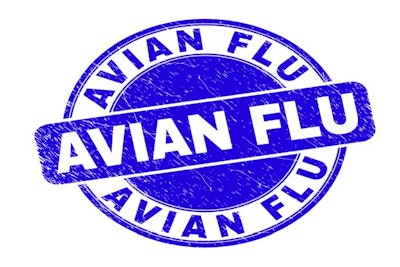
These last few days, bird flu has been spreading all over Latin America – Mexico, Colombia, Venezuela, Ecuador, Peru and Chile. At the same time, Brazil and Argentina are being surrounded. Brazil, in particular, has strengthened protocols to avoid the disease entering their strong poultry industry.
Although many of the cases have been in wild birds, such as pelicans and other birds in Venezuela, Peru and Colombia, the poultry industry has also been struck. Mexico alone has already culled 1.5 million birds, while Ecuador has culled 180,000 birds.
Although I don’t think it is critical yet, it does threaten the industry and the main source of animal protein for the region.
But all this worsens when fake news and urban legends go around the general public and are promoted by the general media. This is the case of Ecuador, a rather small country producing 255 million broilers per year, 1.6 million turkeys per year and that has 12.9 million hens in production (as of 2021).
According to Diana Espín, CEO of the National Poultry Producers Association of Ecuador (Corporación Nacional de Avicultores del Ecuador, Conave), sales has decreased between 15% and 20% in the last few weeks as a consequence of general media misinformation, stating bird flu can be transmitted by consumption of chicken and eggs.
Chicken retail price has also decreased by 12% to 22%, depending on the province. And this comes exactly in December, when around 30% of the annual poultry sales take place!
Is this fair? Should a misinformed media be affecting a food-providing industry and a whole country in such a way?
Journalists from the general media don’t need to know about vet medicine, epidemiology and food safety. But they also should not be lying and misinforming the public. At the end, the boomerang will come back to them – as consumers – in the form of higher prices of chicken, eggs and turkey.
It is not only bird flu. It is also hormones, animal welfare, antibiotics and a bunch of things. Maybe we as ag journalists, or the local associations, need to engage in this venture of educating the general media.
What do you think?


















